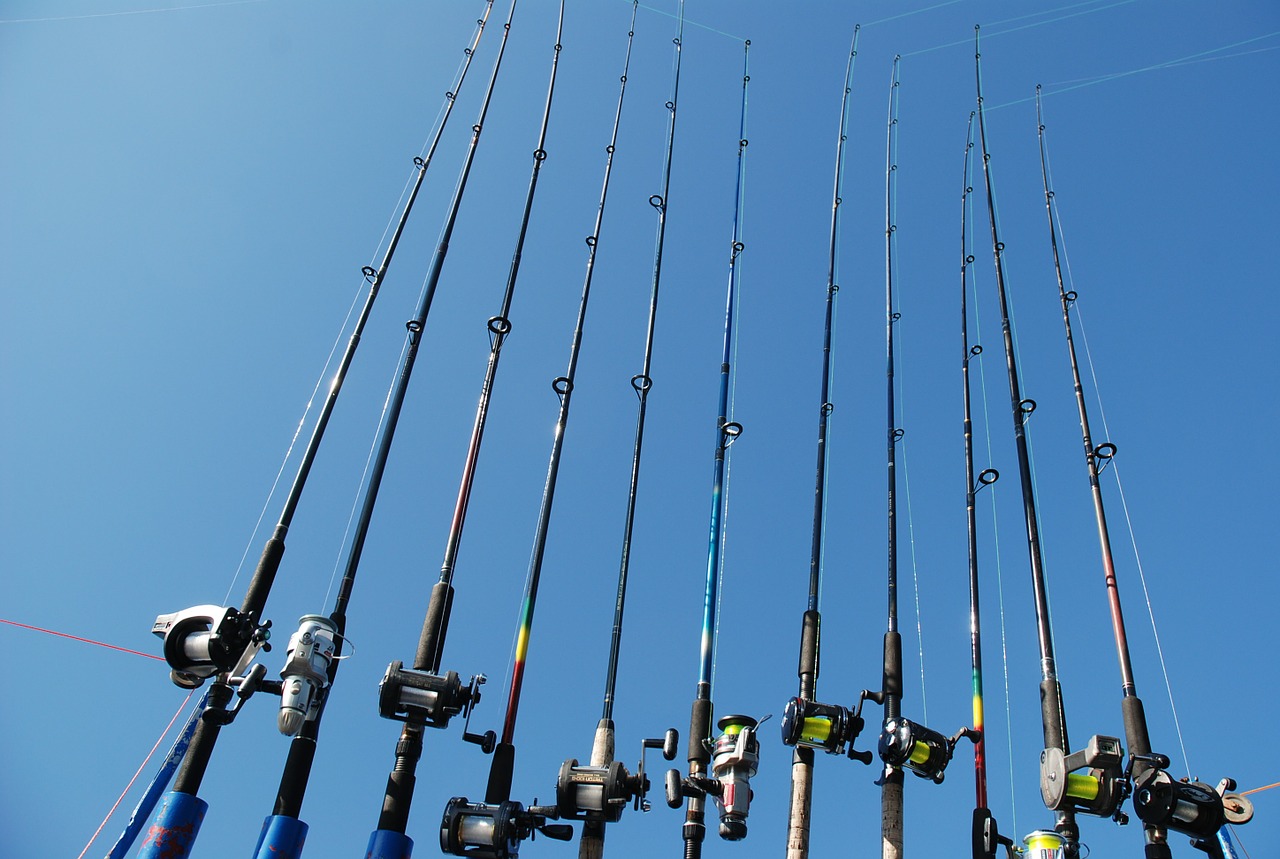
Catching readers’ attention online today is harder than ever. You might have seen the astounding statistics about the sheer volume of content being released on a daily basis:
Catching readers’ attention online today is harder than ever. You might have seen the astounding statistics about the sheer volume of content being released on a daily basis: Nearly 2 million new blog articles are posted every day. Readers are literally being flooded with information.
With so much content out there, it can be extremely difficult to reel in visitors to your blog.
And it’s even harder to keep them from clicking away within a matter of seconds! It’s estimated that the average visitor to any given site spends approximately 15 seconds on a webpage before moving on.
So, how can we get visitors to actually read the content that we’ve been laboring so hard over?
Here’s a hint: This is how web visitors actually read our materials—in an F-shaped pattern from top to bottom:
As the top line of that F, the headline is the primary determining factor for whether or not a reader will engage with our article.
In short, we want to work against the statistic that 80% of visitors only read the headline before navigating away.
Here are 6 tips to reel in your reader right off the bat with catchy, engaging headlines:
Remember the 8 Degrees of Kevin Bacon or the Rule of Threes? For some reason, people love seeing numbers, especially odd numbers, in titles.
Whether it be the Seven Habits of Successful People or 1,000 Places to See Before You Die, newspapers, books, magazines, and especially online sources have reaped the benefits of this tendency in readers.
Visit BuzzFeed or Upworthy for some key examples.
For the same reason that people read poetry or listen to rap, readers are drawn to blog articles that use catchy adjectives.
When writing a piece that is meant to help readers accomplish something more easily, draw them in with relaxing adjectives like “stress-free,” “effortless,” or “easy.” Or make it clear that you are offering some noteworthy information with adjectives like “shocking,” “incredible,” “original,” or “surprising.”
Adjectives are a great way to set a specific mood!
Justifying the importance of your blog post in the headline helps convince readers that your article is worth their time.
What is the purpose of your blog post? How will it help or inform your reader? To answer these questions for your reader, use words that indicate your article’s value:
Online readers search for articles or advice on some very obscure topics, which is great! It means that someone will likely be searching for information on the exact topic that you’re writing about.
To attract those niche readers, make sure to include the specific topic in your title.
Say you’re publishing an article about how to put together a particular witch costume for Halloween, like Kiki from Kiki’s Delivery Service: you should include her name and the DIY nature of your project in the title. For example, the LittleBig parenting blog offers: “Thrifty Holidays: DIY Kiki’s Delivery Service Costume” rather than a more generic “Witch Costume.”
An even better version would be: “5 Steps to Create an Original DIY Kiki Costume” (see what I did there?! Numbers + adjectives + originality)! By differentiating the post with the specific keyword “Kiki,” the author will receive both visitors who are interested in general costumes and those who are particularly interested in Kiki costumes.
Remember in school when you learned the five Ws of information gathering and problem solving? The 5 Ws include: Who, What, Where, When, and Why—with the extra How thrown in.
Many successful blog articles use these words in headlines to demonstrate that they will be answering key questions and providing information on important processes. By incorporating them, you acknowledge readers’ potential questions and indicate that you will be answering them.
For popular examples of this practice, just think of How to Lose a Guy in Ten Days or What to Expect When You’re Expecting.
What’s even better than applying one of these tips in your blog headline? Incorporating two or more of them at once to develop an even better title!
Say you’re writing an article on your favorite vacation spots. Instead of using the generic title, “My Favorite Vacation Spots,” you could:
While applying every single one of these tips in a single blog headline can easily become too cumbersome, using a longer headline is always advisable over a one-word or incredibly brief title.
By opting for a more specific and slightly longer headline, you’ll drive more traffic and engagement to your article.
Keep Writing!